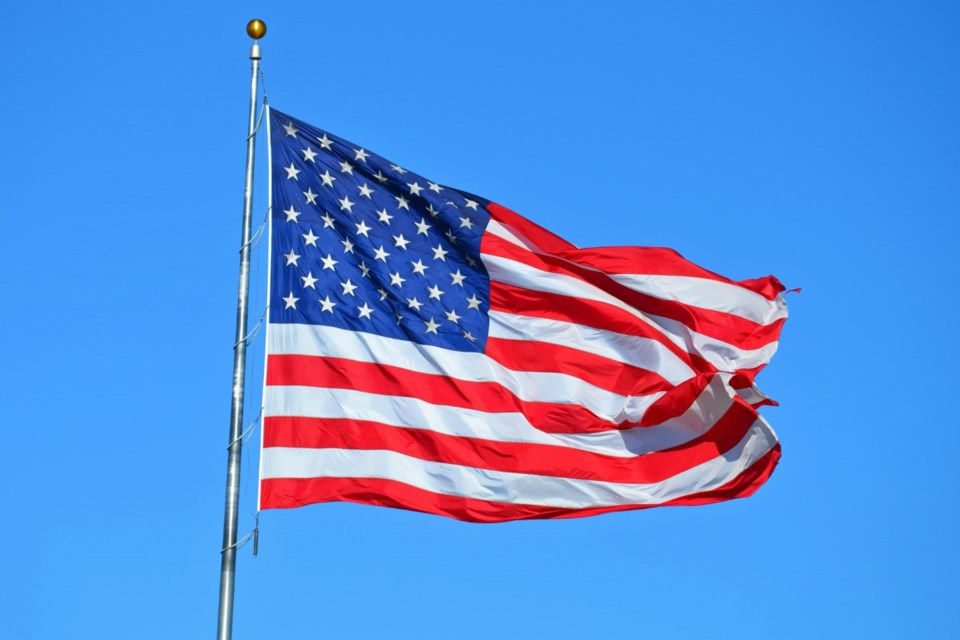Before serving two terms as Franklin D. Roosevelt’s vice president, John Nance Garner was one of the most powerful men in Washington. His 30-year career in the U.S. House of Representatives had taken him to the very top of the congressional tree where, as Speaker, he was a mover and shaker of the first order.
Being vice president was a different matter entirely. Because of the office’s inherent powerlessness, Garner found the experience both a source of great frustration and “almost wholly unimportant.” Hanging around waiting for the president to die wasn’t his idea of a good time. Years later, he put it this way: “When I was elected vice president of the United States, it was the worst thing that ever happened to me.”
And that was his polite description. Ever the salty Texan, Garner described the vice presidency as not “worth a pitcher of warm piss.” Or, as the cleaned-up public consumption version had it, “a pitcher of warm spit.”
But frustrations notwithstanding, the vice presidency obviously has its attractions. After all, there’s never a shortage of takers. And if you look at the experience of the last 80 years, you can see why.
There have been 16 vice presidents since 1944, six of whom have gone on to be president, while an additional three got as far as subsequently nabbing their party’s presidential nomination. And Kamala Harris is now set to add to the total, scoring a nomination that – if her previous dismal run for the top spot is any indication – she’d never have otherwise attained.
For an ambitious politician with aspirations, these odds look pretty good. Even if you don’t succeed by virtue of death, incapacitation, or resignation, the profile you acquire as vice president significantly enhances your prospects of becoming your party’s nominee in a later cycle.
Vice presidents are theoretically chosen on the basis of being ready to stand in should anything happen to the president. In reality, that’s usually a minor consideration, if even that. Practical reasons invariably predominate.
At minimum, there’s the “do no harm” requirement. Because having a running mate isn’t optional, at the very least you want one who won’t embarrass the ticket or alienate a key constituency.
And human nature being what it is, neither do you want someone with the potential to outshine the presidential nominee. Let’s face it: people with self-effacing egos don’t run for president.
The political sweet spot is to pick someone with appeal to a key voting group or region where the presidential nominee needs help. Hence the current plethora of analytical pieces dissecting which swing state politician Harris will plump for.
That said, I can only think of one instance over the last 80 years where a vice presidential pick unambiguously moved the needle. That was John F. Kennedy’s 1960 selection of Lyndon Johnson.
As both a Texan and a Â鶹ÊÓƵerner, Johnson brought something to the table that Kennedy needed.
First up was Texas itself, which Kennedy’s reading of the electoral map identified as critical. And he didn’t think he could win it without Johnson.
Then there was the rest of the historically “Solid Â鶹ÊÓƵ.” Although the 11 states of the old Confederacy had been wedded to the Democrats since the Civil War, Republican Dwight Eisenhower had made inroads in the 1950s. Johnson could help arrest that trend and maybe even reverse it here and there.
And he did.
To quote historian W.J. Rorabaugh, in addition to delivering Texas, “Johnson used his famous arm-twisting to get southern Democratic party organizations to back the Kennedy-Johnson ticket, while his brilliant campaigning personally persuaded many southerners to back the national team.”
The highlight came in mid-October. Conducted mostly by train and focusing on small towns in southern states, Johnson travelled 3,800 miles from Washington to New Orleans over five days, giving 57 speeches at 49 stops.
(Those of you with a further interest in Johnson’s 1960 role might want to take a look at my February 2022 column )
Johnson and Bobby Kennedy – JFK’s brother, attorney-general and right-hand man – detested each other. So with the election safely over and JFK ensconced in the White House, Johnson endured various slights and humiliations.
Then came November 22, 1963; JFK was assassinated, and Johnson automatically succeeded him.
Frustrations aside, being vice president had its advantages.
Troy Media columnist Pat Murphy casts a history buff’s eye at the goings-on in our world. Never cynical – well, perhaps a little bit.
©




